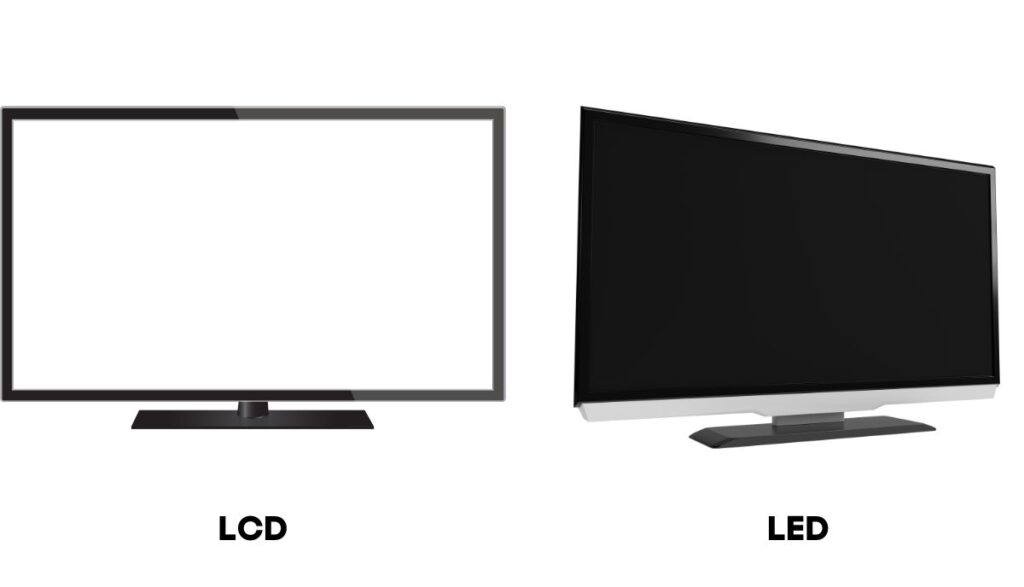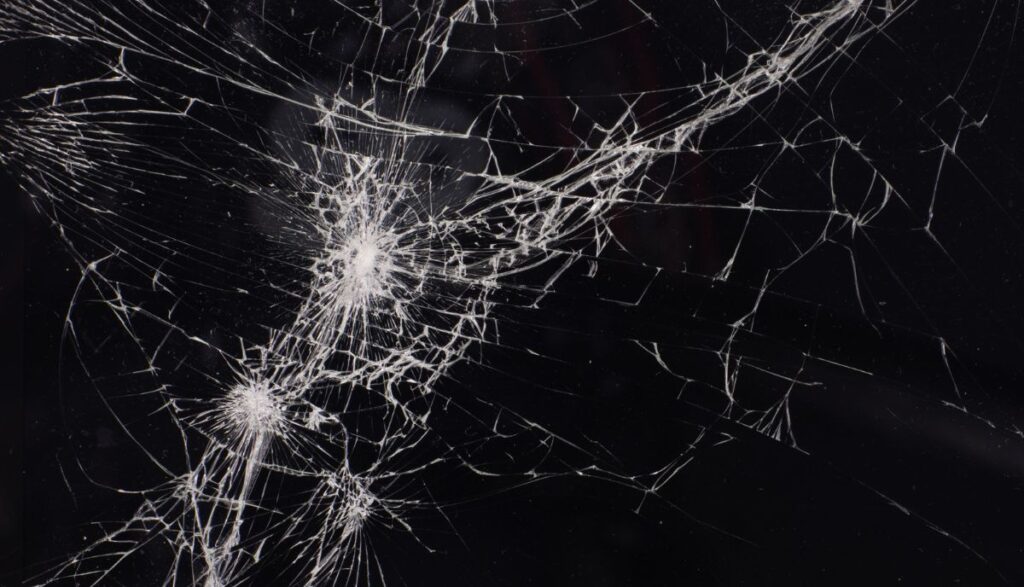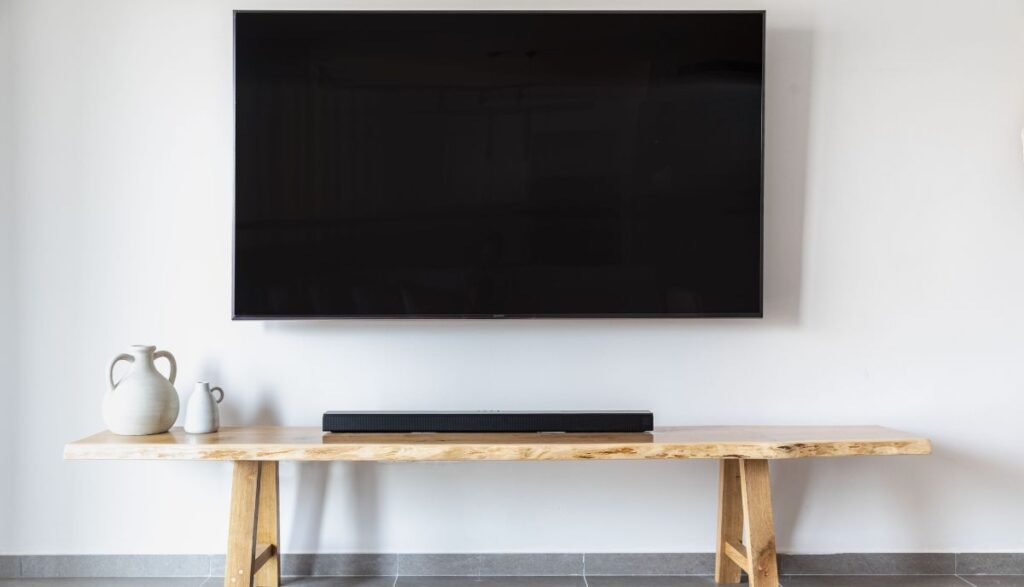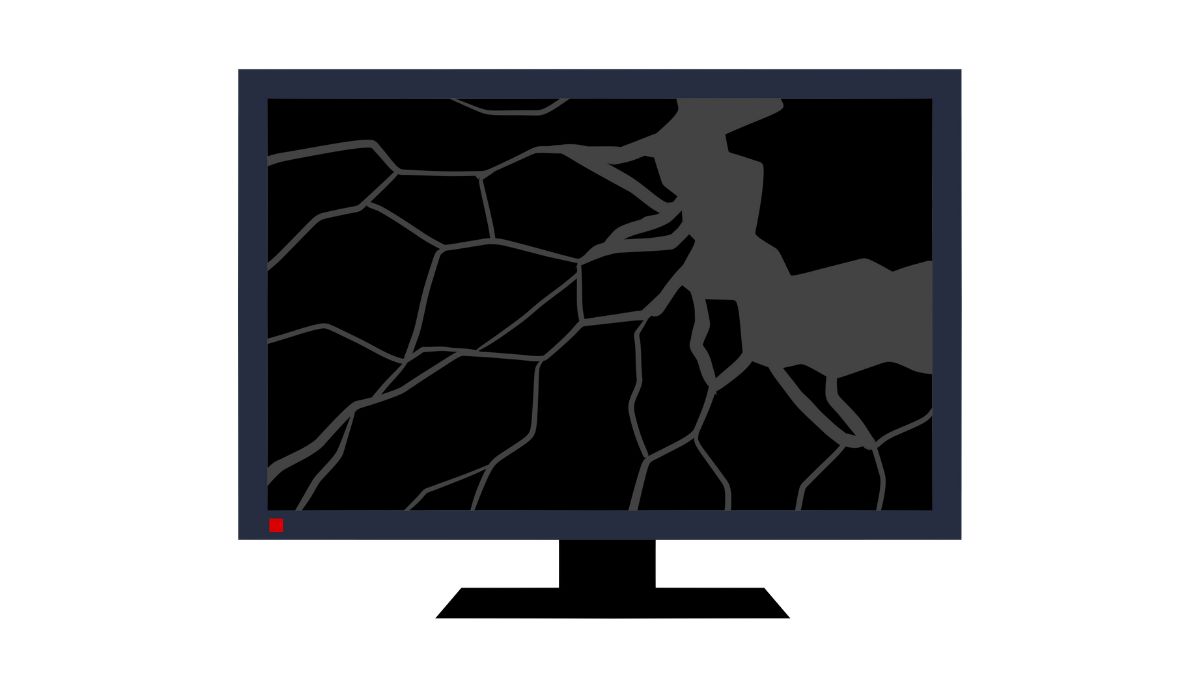You can fix a flat screen tv that has been hit but these components are immensely complex. Consider LCD screens, which consist of two thin glass sheets. Engineers will add a layer of indium tin oxide to one screen, followed by a layer of silicon. The process is incredibly precise because the transistor parts are so small, which is why companies use machines.
This explains the considerable cost of a TV screen. But do you need a new screen or can you fix the old screen? Consider the following:
What Matters The Most While Fixing A Flat Screen TV That Has Been Hit?
The Screen Type Matters

Yes, it does. LCD screens have segmented blocks with liquid crystals. You are more likely to repair an LCD TV because the screens are so common. This makes replacement parts easier to access.
LEDs have a lot in common with LCDs. But instead of fluorescent bulbs, LED TVs use light-emitting diodes to light the screen. You can also repair them because spare parts are easily accessible.
OLED screens are more difficult to repair, but not impossible. Replacements are a bigger challenge because a new screen may cost more than a new TV. The same complication arises with plasma screens. Technicians rarely repair them when they break.
TVs from reputable brands are easier to repair because the manufacturers keep replacement parts on hand.
The Severity Of The Damage Make A Difference

The most important considerations are the type and severity of the damage. Some people strike a flatscreen TV, and it merely flickers. Others hit the screen, and it shatters. Assess the screen. Any technician you call will ask you to describe what you see. These are some of the observations you will make:
- Spiderweb Cracks
Spiderweb cracks look like a spiderweb. They originate from a single impact point before spreading outward. Some spiderweb cracks are innocuous because they only exist on the surface. You can fix them with relative ease.
Others will penetrate the screen’s interior, harming the internal components. Those are more challenging to overcome.
- Hairline Cracks
Hairline cracks are tiny. People describe them as cracks that haven’t fully opened. Once again, the challenge is hairline cracks that penetrate the internal layers of the screen. Fortunately, some cracks are so thin you can temporarily leave them alone.
They don’t interfere with your viewing experience to a point that warrants immediate action. That isn’t an excuse to ignore the hairline crack. You have some breathing room. You can take the time to gather the resources required to either fix or repair the screen. But if you ignore the crack, it may get worse in the long run.
It should be noted that hairline and spiderweb cracks rarely penetrate the screen. They are usually fixable.
- Scratches
Scratches are much easier to ignore than hairline and spiderweb cracks because they only exist on the screen’s surface. You can either wipe them off or fill them in.
- Lines
Laypeople expect a TV screen to shatter or crack when you strike it. But sometimes, it develops horizontal or vertical lines because of loose connections or a disruption in the power supply. You should run your hand across the screen to eliminate cracks as a potential culprit. If you’re lucky, a factory reset will eliminate the lines.
- Dead Pixels
Dead pixels can manifest as black spots. They differ from stuck pixels, which can only display one color. Dead pixels don’t light up. Black spots that appear because of dirt, debris, and stuck pixels are easier to fix.
How Do You Fix A Flat Screen TV That Has Been Hit?
- Apply petroleum jelly to the crack. Let it sit for a moment before wiping the jelly off with a clean cloth. This should fix surface cracks and scratches.
- Pencil erasers can work miracles on cracks. Wipe the screen with a clean, damp cloth before rubbing the cracks with the eraser. Be gentle. Otherwise, the cracks will get worse. Keep rubbing until the cracks disappear.
- Cracks respond positively to isopropyl alcohol. Mix the substance with water (1 part alcohol and 20 parts water). Clean the scratch using a cotton cloth you dipped in the solution. Again, rub the crack gently. Leave the crack alone for an hour before wiping the screen with a clean cloth.
- If you see black spots, reset the TV by turning it on and off. This may resolve stuck pixels. If the problem persists, the gadget review recommends wiping the screen using circular motions to remove dirt and debris. You can also rub the dead pixels with a pencil wrapped in a damp cloth to wake them up. If this option fails, Techwalla recommends applications such as UDPixel that compel the affected pixels to cycle through various colors.
Can You Replace A Broken TV Screen?
Yes, you can. Usually, it isn’t worth the hassle because the screen is the most expensive component. You’re better off getting a new TV. But if you can afford to buy a new screen, the replacement procedure will involve the following:
- Place the TV on a flat, stable surface and turn it over.
- Disconnect the cables attached to the TV’s ports.
- Remove the screws holding the back panel in place. Place them in a secure location. These screws are tiny. You don’t want to lose them.
- Remove the back panel.
- If you can’t see the screws, look for clips. If you can’t see the clips, the back panel has hidden screws. Investigate the back panel carefully until you locate them.
- Find the PCBs and remove the screws holding them in place.
- Take the PCBs out to access the display panel. This isn’t always necessary. Check the manual. It will tell you how to access and remove the display panel. Different models have different designs. Some TVs may require the consumer to remove an outer bracket and casing.
- Insert a new display panel and reassemble the TV.
Sometimes, cleaning the panel is enough to solve the problem. The spots and cracks may disappear once you remove the debris. Run a soft cloth along the screen before you take the TV apart.
You need to confirm that your screen is genuinely cracked. Do you feel rough and jagged edges? The cloth is important because you may cut yourself by running a bare hand across the screen. Rough and jagged edges should concern you because they point to the sort of damage that requires a new screen.
Fixing them with a pencil eraser or petroleum jelly is not an option. Naturally, laypeople tend to lean towards repairs because they are cheaper. You may spend $150 or less as opposed to the $800+ a new screen will cost you.
Consult an expert. They should have the final say. You don’t want to spend hundreds of dollars on a new screen when they can fix the damaged screen.
How Do You Protect Your TV From Damage?

You can’t prevent people from hitting your TV, especially if your home has rowdy children. However, you can reduce the TV’s chances of sustaining damage by mounting it on a wall. The TV is less likely to tip over.
You can also add a screen protector that repels everything from scratches to excess moisture. Cabinets are the safest option. But they restrict the ventilation.
What To Do With A Broken TV?
What happens when a TV breaks and you can’t afford to repair it? If leaving it in a bin feels wasteful, WebMD wants you to search for retailers that accept damaged electronics for recycling purposes.
Find the nearest drop-off point and leave your TV in the relevant repository. The most lucrative option is to sell the device. The TV is useless to you, but many technicians need the spare parts it offers. Use platforms like eBay to secure a decent offer.

